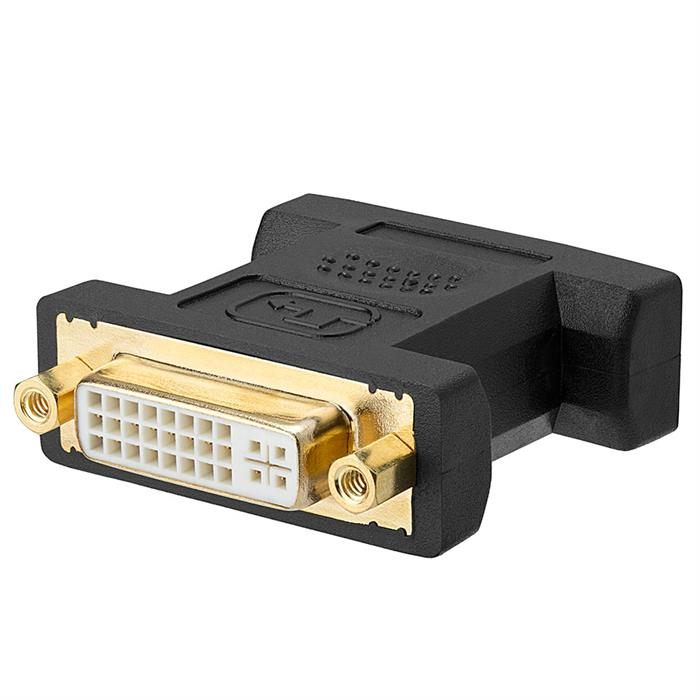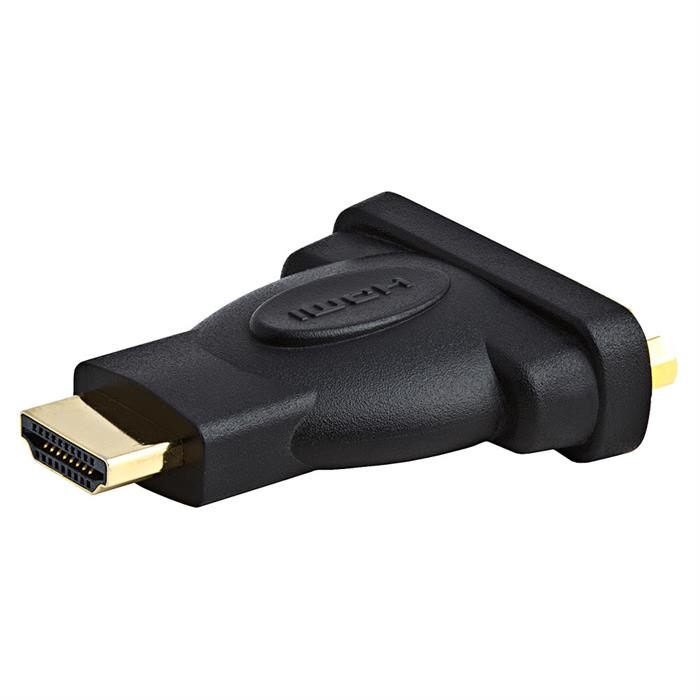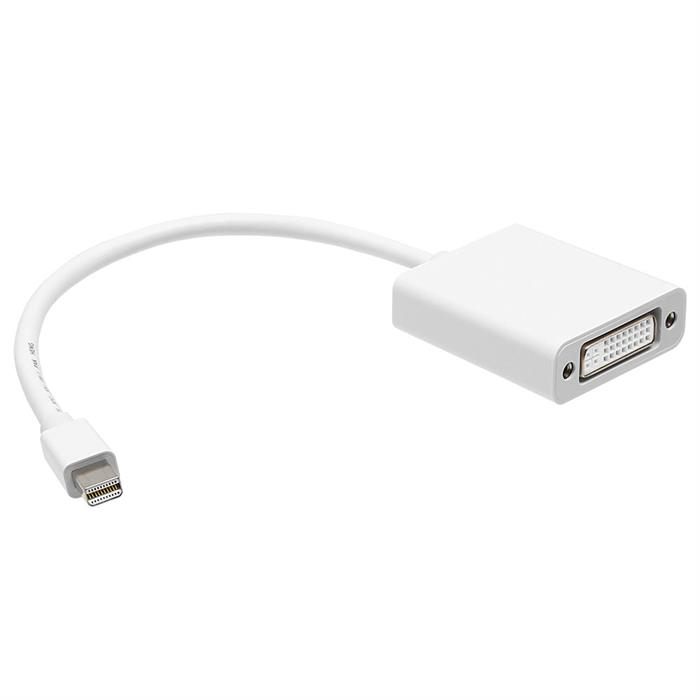The Fundamentals of HDMI and DVI Adapters
Advances in technology have changed the nature of the video signals that are now recorded, transmitted, and received. While the earliest video signals were transmitted using S-video cables, these are inadequate for the proper, distortion free transmission of HDMI and DVI video signals. While earlier VGA TVs could display analog video signals from VCRs, newer HDMI TVs such as plasma, and LCD TVs can only display video signals in the digital format.
These signals can be in HDMI or DVI formats and when you need to connect a device that uses or transmits a HDMI signal to another that uses or receives DVI signals or vice versa you need to use either HDMI and DVI adapters or cables that can convert one form of video signal to the other.
HDMI Video Cables
These are digital video signals that are frequently displayed by HDTVs such as plasma and LCD TVs. The HDMI cables were developed to replace a whole host of analog video cables. They are compatible with a variety of analog standards and are used to transmit both audio and video signals. They are used to transmit and PC video or uncompressed TV video signal.
This includes signals such as standard, enhanced, high definition, and 3D. These cables can also transmit DVI signals so they can be used to connect two different DVI devices without converting the signals to DVI format. However, if you are connecting a DVI receiving device to a HDMI transmitting device you might need an adapter to convert the signals.
Earlier, video devices were manufactured to be compatible with both HDMI and DVI signals. This was done by including a HDMI to DVI adapter and a DVI to HDMI adapter with the device. However, as technology has changed rapidly, many manufacturers no longer follow this practice. As such if you need to connect a HDMI device to a DVI only device or vice versa you need to use an adapter.
DVI Cables
DVI cables were the first digital video cables developed. They were used to transmit uncompressed digital film content from one device to another. These cables were compatible with the VGA format used by earlier TVs and could easily transmit analog signals as well. The DVI cables are also used extensively in the computer industry.
However, with further development is video display units such as the development of HDTVs, new cables too needed to be developed. The HDMI cables have now become popular because they support a wide variety of digital video formats. As such many manufacturers of video display as well as video producing devices no longer make products that have the capability to support both DVI and HDMI signals.
Adapters
The HDMI and DVI adapters are small and inexpensive devices that can be connected to either the transmitting device or the receiving device to ensure that the digital signals are in the right format. These adapters are capable of converting the signals to the right format for the device without loss of video quality, distortion, or resolution and color.
By using HDMI and DVI adapters you can easily connect all the devices in your home or office even if they use different digital video signals. This enables you to use slightly older devices as well as the latest when you are setting up a home theater or an office video facility. This is a fantastic and distinct advantage for those who are upgrading their home theater or office video facility in a gradual manner. By making use of these HDMI and DVI adapters you can phase in your new equipment without experiencing any loss of quality in the output.
The Variety of Adapters
When you are purchasing HDMI and DVI adapters you need to take into account various factors. This is because these adapters can be in the male, male format, male female format, or female, female format.
Additionally, some adapters convert HDMI signals only to analog DVI signals and so can be used only with devices that accept analog DVI signals. Some DVI receivers will only accept digital signals, making these adapters useless.
Again, there are some adapters that only produce or use digital DVI signals, making them incompatible or useless for connecting with receivers or transmitters that use analog DVI signals. Some adapters have a micro HDMI male input point enabling you to instantly plug in your smartphone or tablet to a home or office TV screen and share video content from it. This functionality is of outstanding use whether you are travelling to meet extended family or are making a presentation at the place of a customer. You can also use this adapter to instantly connect your digital camera or camcorder to the TV to view your recordings on the large screen.
Rapid changes in video technology have brought about devices that use different standards. Some of these are DVI and HDMI. When it is necessary to connect a video device that uses DVI signals to another that uses HDMI signals you need a means of converting the signals to the appropriate format.
Attention to Detail
This is made possible by using HDMI and DVI adapters that are an elegant, easy, and inexpensive way of converting the signals to the right format. When connecting these adapters you need to keep in mind that there is one HDMI format – digital – but two DVI formats – analog and digital. As such the adapters have to be picked with care to suit these needs.






